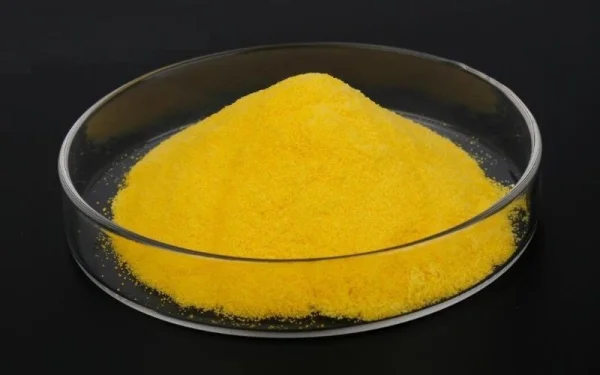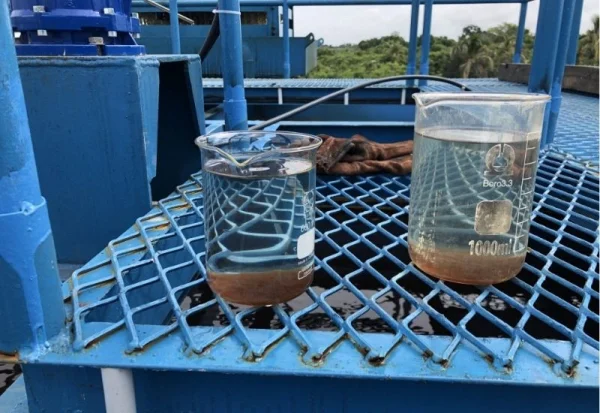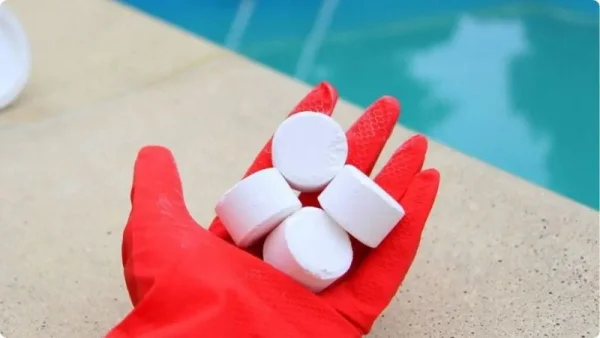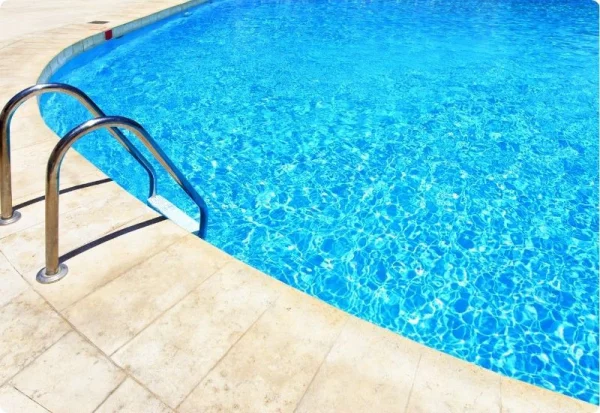
Maintaining a clean and safe swimming pool is crucial for an enjoyable and healthy swimming experience. Chlorine, a widely used sanitizing agent, ensuring your pool water remains clear. However, chlorine comes in two main forms: liquid chlorine and chlorine tablets. The choice between liquid chlorine vs tablets can be daunting, as each has its unique advantages and drawbacks. In this comprehensive guide, we'll delve into the differences between liquid chlorine and chlorine tablets, helping you determine which option is better suited for your pool's needs.
Understanding Liquid Chlorine for Pool Sanitation
Liquid chlorine, also known as sodium hypochlorite, is a solution commonly used for laundry bleaching and stain removal. However, the liquid chlorine formulated specifically for pools is much stronger, with a chlorine concentration ranging from 10% to 12%, compared to household bleach, which typically contains no more than 6% chlorine. Liquid chlorine is composed of chlorine, water, and a small amount of salt, making it a relatively simple and straightforward solution.

Understanding Liquid Chlorine for Pool Sanitation
Benefits of Choosing Liquid Chlorine
- Fast-acting and immediately available chlorine: Liquid chlorine works quickly, allowing you to rapidly increase chlorine levels when needed.
- Easy to apply and disperses quickly: Liquid chlorine can be poured directly into the pool, and it disperses evenly throughout the water without any special equipment.
- Lower upfront cost: Compared to chlorine tablets, liquid chlorine generally has a lower upfront cost per application.
- Can be used for routine sanitization or shock treatments: Liquid chlorine is versatile and can be used for both regular pool maintenance and shock treatments to quickly raise chlorine levels.
Drawbacks of Liquid Chlorine
- Lower available chlorine level (around 10-12%): Liquid chlorine has a lower concentration of available chlorine compared to chlorine tablets.
- Unstabilized (requires separate addition of cyanuric acid): Liquid chlorine is not stabilized, meaning it is vulnerable to UV degradation.
- Peaks and valleys of chlorine levels (risk of algae bloom): Liquid chlorine provides an immediate boost of chlorine, but levels can drop quickly, potentially leading to algae growth if not monitored and maintained regularly.
- Frequent manual applications or need for automatic feeder: To maintain consistent chlorine levels, liquid chlorine requires frequent manual applications or the use of an automatic feeder system.
- Short shelf life (4-6 weeks): Liquid chlorine has a relatively short shelf life, typically lasting only 4-6 weeks before its potency starts to degrade.
- High pH can increase pool's pH levels: Liquid chlorine has a high pH of around 13, which can raise the pH levels in your pool if not carefully monitored and adjusted.
- Buildup of Total Dissolved Solids (TDS) over time: The addition of liquid chlorine contributes to the buildup of Total Dissolved Solids (TDS) in your pool water over time.
Exploring Chlorine Tablets for Pool Sanitation
Chlorine tablets, also known as trichlor, are a solid form of chlorine that offers a convenient and long-lasting solution for pool sanitization. These tablets are typically composed of chlorine and a stabilizing agent, such as cyanuric acid (CYA). The tablets are designed to slowly dissolve, releasing a steady stream of chlorine and stabilizers into the pool water.

Exploring Chlorine Tablets for Pool Sanitation
Benefits of Choosing chlorine tablets
- Stabilized: Chlorine tablets already contain a stabilizer like cyanuric acid, eliminating the need for separate addition of a stabilizing agent.
- Highest available chlorine level (around 90%): Chlorine tablets typically offer around 90%.
- Reliable and consistent chlorine levels: As the tablets slowly dissolve, they provide a steady and consistent level of chlorine in the pool water.
- Easy to use: Chlorine tablets are easy to store, handle, and apply using a chlorine feeder or floating dispenser.
- Long shelf life: Chlorine tablets have a longer shelf life compared to liquid chlorine, allowing you to purchase in bulk for the entire swimming season.
- Ability to buy in bulk for the entire season: With their extended shelf life, chlorine tablets can be purchased in bulk quantities, reducing the need for frequent trips to the pool supply store.
Drawbacks of chlorine tablets
- Cyanuric acid levels can build up over time (risk of reducing chlorine efficacy): While chlorine tablets are stabilized with cyanuric acid, excessive buildup of this stabilizer can reduce the effectiveness of chlorine over time.
- Slow-acting and cannot be used for quick chlorine boosts: Chlorine tablets release chlorine gradually, making them less suitable for situations where a rapid increase in chlorine levels is needed, such as shock treatments or preparing for a pool party.
- Low pH can decrease pool's pH and Total Alkalinity levels: Chlorine tablets have a low pH of around 2.5-3.0, which can lower the pH and Total Alkalinity levels in your pool if not properly monitored and adjusted.
- Potential staining and erosion around skimmer: If chlorine tablets are added directly to the skimmer instead of using a chlorine feeder, the concentrated chlorine levels can cause staining and erosion around the skimmer area.
Factors to Consider When Choosing Liquid Chlorine vs Tablets
Deciding between liquid chlorine vs tablets for your pool sanitization needs involves considering several factors to ensure the most effective and convenient solution for your specific situation.
- Pool size and volume: Larger pools may require more frequent applications of liquid chlorine or a higher number of chlorine tablets to maintain adequate sanitization levels.
- Frequency of use and desired chlorine levels: If you use your pool frequently or prefer to maintain higher chlorine levels, chlorine tablets may be the more convenient option as they provide a steady, consistent supply of chlorine over an extended period.
- Convenience and maintenance preferences: Liquid chlorine requires more frequent manual applications or the use of an automatic feeder system, while chlorine tablets offer a more hands-off approach once the chlorine feeder or dispenser is set up.
- Upfront and long-term costs: While liquid chlorine may have a lower upfront cost per application, the long-term costs can add up due to frequent purchases and the potential need for an automatic feeder system. Chlorine tablets may have a higher initial cost but can be more cost-effective in the long run, especially for larger pools or those used frequently.
- Storage and handling considerations: Liquid chlorine has a shorter shelf life and requires careful handling and storage to prevent degradation. Chlorine tablets are generally easier to store and handle, making them a more convenient option for some pool owners.
- Availability and ease of purchase: Liquid chlorine is typically available at local pool supply stores or hardware stores, while chlorine tablets may be more readily available for online purchase and delivery, depending on your location.
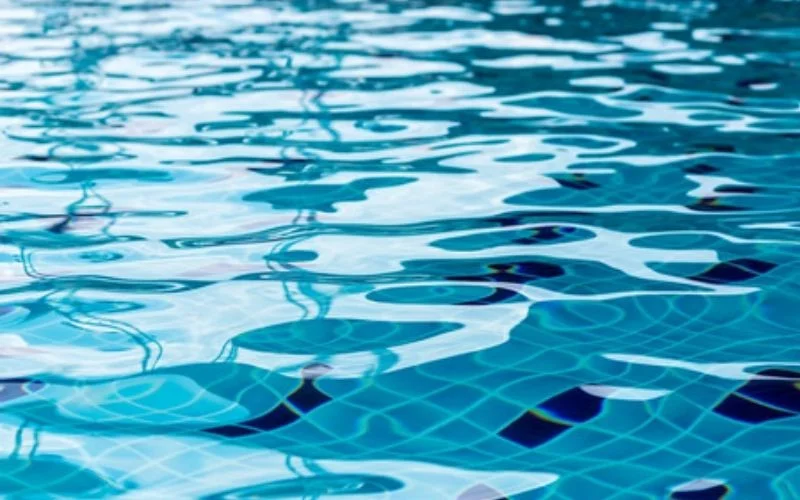
Factors to Consider When Choosing Liquid Chlorine vs Tablets
Best Practices for Using Liquid Chlorine or Chlorine Tablets
When deciding between liquid chlorine vs tablets for pool sanitization, it is essential to follow best practices to ensure the safety and effectiveness of your chosen method.
Tips for safely handling and storing liquid chlorine vs tablets
- Liquid chlorine: Store liquid chlorine in a cool, dry place away from direct sunlight and heat sources. Wear appropriate personal protective equipment (PPE) when handling and apply carefully to avoid splashing.
- Chlorine tablets: Store chlorine tablets in a dry, well-ventilated area away from moisture and direct sunlight. Wear gloves while handling to prevent skin contact.
Proper application methods
- Liquid chlorine: Follow the manufacturer's instructions carefully and add the recommended amount of liquid chlorine directly to the pool water. It's best to distribute it evenly around the pool's perimeter while the pump is running to ensure proper circulation and dispersal.
- Chlorine tablets: Always use a chlorine feeder or floating dispenser to introduce chlorine tablets into the pool. Avoid placing tablets directly into the skimmer, as this can lead to concentrated chlorine levels and potential damage to pool equipment.
Testing and monitoring chlorine levels, pH, and other water chemistry parameters
Regular testing and monitoring of your pool water are essential to maintain proper chlorine levels and overall water chemistry balance. Use a reliable test kit or test strips to measure free chlorine levels, pH, alkalinity, and other key parameters.
For liquid chlorine:
- Aim for a free chlorine level between 1-4 parts per million (ppm) for residential pools.
- Test and adjust pH levels frequently, as liquid chlorine can raise the pH over time.
- Monitor and adjust alkalinity and calcium hardness levels as needed.
For chlorine tablets:
- Target a free chlorine level of 1-3 ppm for residential pools.
- Regularly check and adjust pH levels, as chlorine tablets can lower the pH over time.
- Keep an eye on cyanuric acid (stabilizer) levels and perform partial water changes if levels become excessive.
Combining with other sanitization methods
Both liquid chlorine vs tablets can be used in conjunction with other sanitization methods, such as mineral systems or salt chlorine generators, to enhance water quality and reduce chlorine demand.
Mineral systems: Minerals like silver or copper can be added to the pool water to help control algae and bacteria, reducing the overall chlorine demand by up to 50%.
Salt chlorine generators: These systems use electrolysis to convert dissolved salt into chlorine, providing a continuous supply of sanitizer while minimizing the need for frequent chlorine additions.
When to use liquid chlorine vs tablets
Liquid chlorine is commonly the preferred choice for:
- Shock treatments: Quickly raising chlorine levels to eliminate contaminants or combat algae.
- Preparing for pool parties or heavy bather loads: Boosting chlorine levels before anticipated high usage.
- Small or moderately sized pools: Easier to manage frequent liquid chlorine additions.
Chlorine tablets are often preferred for:
- Larger pools: Providing a consistent, long-lasting chlorine supply without frequent additions.
- Low-maintenance sanitation: Offering a more hands-off approach once the chlorine feeder is set up.
- Consistent, moderate bather loads: Maintaining steady chlorine levels over extended periods.
Conclusion
When deciding on liquid chlorine vs tablets for sanitizing your pool, it's essential to weigh the pros and cons and consider your specific pool requirements. If you're uncertain which option is best for your pool, consulting a pool professional or seeking advice from experienced pool owners can offer valuable insights tailored to your needs.
Related Articles
Is It Safe to Touch PAC Chemicals with Bare Hands?
If you work in the water treatment industry, you've likely heard of PAC chemicals . As known, this ...
How to Prepare PAC for Water Treatment?
Water is essential for life, yet access to clean and safe water remains a significant challenge ...
How Many Chlorine Tablets for Your Pool? A Step-by-Step Guide to Proper Dosage and Maintenance
One of the most crucial components in keeping your pool water crystal clear and free from harmful ...
PAC Powder: The Versatile Solution for Water Treatment
PAC powder , short for Poly Aluminium Chloride powder, has emerged as a game-changer in the field of ...
Safeguarding Your Family's Health with Chlorine Tablets for Drinking Water
Disinfecting water is crucial to eliminate harmful pathogens and ensure safe consumption. Among the ...
The Science Behind Chlorine Used in Pools
Swimming pools offer endless fun and relaxation during the warm seasons, but diligent care is ...

